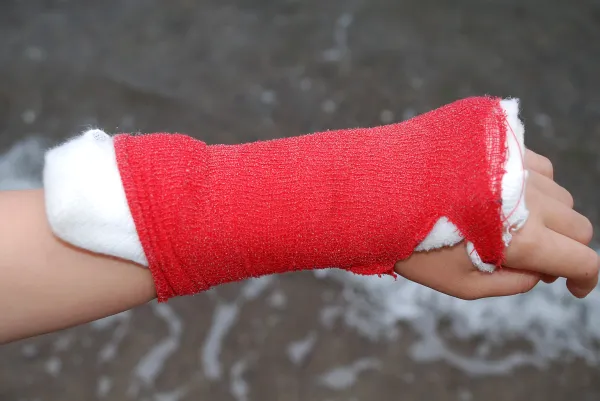Get Spinal X-Ray Rules Straight Before Coding
Question: Encounter notes indicate that the provider performed X-rays on two areas of a patient’s spine: C4-C7 and T1-T3. How many CPT® codes do I need for this encounter, and do I need a modifier? Louisiana Subscriber Answer: You’ll need a pair of CPT® codes to correctly represent this encounter, but you likely won’t need a modifier (more on that later). On the claim, report 72040 (Radiologic examination, spine, cervical; 2 or 3 views) for the cervical X-ray. This accounts for the cervical spinal areas your provider X-rayed (C4-C5, C5-C6, C6-C7). Then report 72070 (Radiologic examination, spine; thoracic, 2 views) for the thoracic X-rays. This accounts for the thoracic spinal areas your provider X-rayed (T1-T2, T2-T3). Modifier? Maybe: On this claim, you won’t need a modifier to separate the X-rays; the multiple procedures/distinct procedural services modifier rules don’t apply to multiple X-rays. Further, if your office or practice owns the X-ray equipment you’re using, don’t worry about appending a modifier. If, however, your office or practice doesn’t own the X-ray equipment you’re using, you will need a modifier to reflect that fact. Let’s say the above encounter occurred at a local hospital. On the claim, you’d report 72040 and 72070 for the X-rays, with modifier 26 (Professional component) appended to both codes. Modifier 26 lets the payer know that you are only coding for the professional component of the X-rays, not the use of the equipment.




